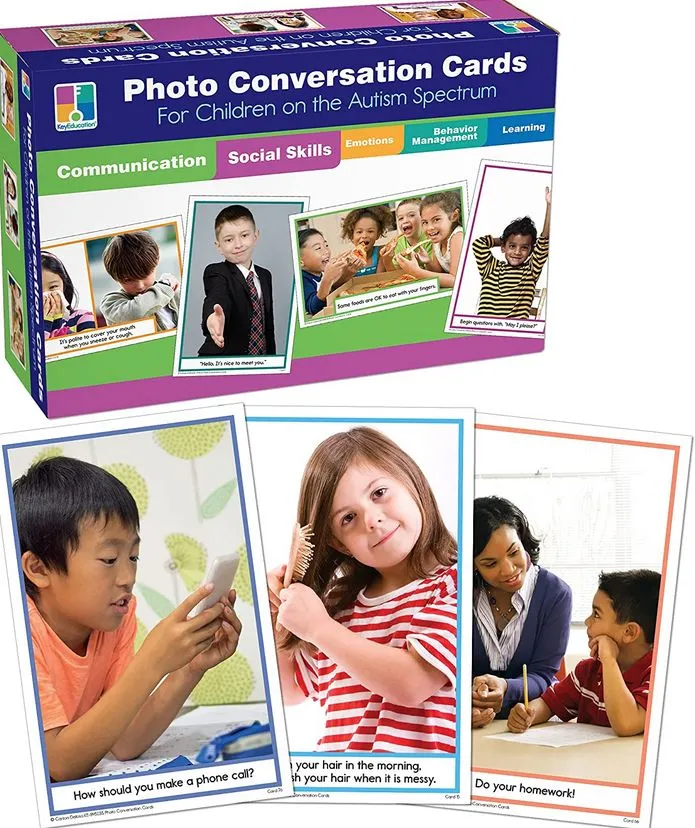Helping Your Child’s Social Anxiety with Role Play

Today we continue our Mental Health Awareness Month series by talking about a common anxiety disorder in children. Social Anxiety Disorder (SAD) affects between 7% and 12% of the U.S. population. Increasingly, it’s impacting young people. Global research has found that nearly 1 in 3 respondents aged 16–29 years meet the threshold criteria for SAD.
Childhood SAD can look like many different things: not wanting to go to school, declined participation in classroom or family discussions, compulsive monitoring of social media feeds, opting out of group activities, and even refusing to eat in social situations.
Today we’re discussing causes and indications of social anxiety in your child. We’re also examining tools parents and caretakers can use to help children work through feelings of social anxiety.
What is social anxiety?
Everyone has experienced nerve-wracking social situations. Talking to your teacher or boss, being at a party where you don’t know anyone, or having to admit you forgot someone’s name can cause butterflies in anyone’s stomach.
However, social anxiety is more than just shyness or nervousness. Social Anxiety Disorder causes a person to feel like they are being scrutinized by those around them. The fear of doing something wrong can become so debilitating that folks with SAD go to great lengths to avoid social situations. At an extreme, they may even organize their lives around social avoidance.

Social anxiety can co-occur with diagnoses like autism or ADHD, but can also occur on its own. Societal changes due to COVID certainly contributed to the increase of social anxiety. However, rates of SAD were on the rise even prior to the pandemic. Social anxiety begins to appear in children between the ages of 8 and 15. Many children try to hide their feelings at first, with the anxiety itself becoming its own source of embarrassment. However, avoiding their feelings of fear and embarrassment only worsens their impact.
Causes and indications of social anxiety in children
But why do some children become anxious in the first place? Some of the biggest causes of social anxiety in children are experiencing childhood trauma, being bullied, dealing with big life changes without proper support, and having either overcontrolling or under supportive parents. Overuse of social media, also, has strong ties to social anxiety.

Identifying social anxiety in your child can be difficult since most of the symptoms are internal. These include intense worrying about upcoming social events (also called anticipatory anxiety), compulsive imagining of worst-case scenarios, and replaying previous social interactions in their heads and analyzing what they think they did wrong. Social anxiety can also have physical symptoms such as sweating, blushing, stammering, lightheadedness or feeling shaky or nauseous during social interactions.
Unfortunately, if a child doesn’t share these feelings, their caretakers may never know what the child is experiencing. Instead, the adult may view their child’s avoidance of social situations as stubbornness or attention seeking. Parents or guardians may reprimand or punish the child, which in the long run only makes their anxiety worse.
The best way to tell if your child is experiencing social anxiety is to talk with them. If you notice your child becoming more difficult before going into social situations, take time to ask how they’re feeling. Give them space to offer their internal worries, and be careful not to dismiss any fears they admit. Though you may think they are being silly, to your child these concerns are very real. Affirm how they’re feeling by saying, “Yes, that does sound scary,” or by offering times when you felt nervous also.

You may not be able to reassure them immediately, but knowing your child’s fears can lead you to the next step.
How situational role playing can reduce social anxiety
If a child’s social anxiety becomes unmanageable, guardians may be well advised to take a child in for professional help. However, for a child just starting to display symptoms, caretaker intervention can help reduce a child’s risk of developing SAD.
The best way to reduce a child’s social anxiety is to practice social situations with them. Role playing helps children develop the critical thinking skills they need to navigate social situations. Walking through a situation can also help a child see that their worst-case imaginings are not very likely to happen. Best of all, they’ll feel prepared going into their next playdate or dance class.

Kits like the What To Do Conversation Cards provide prompts to help guide these conversations. Hand puppets, also, can be a good tool for walking through situations with a child.
Then, when your child has returned from school or a playdate, follow up on how they’re feeling. If they feel the event went well, help them identify what things made it enjoyable. If they worry that it went wrong, walk through the event with them and help them see that other people probably weren’t judging them as much as they thought. Ultimately, a child takes their cues from the adults that they trust. With time and patience, you can help the children in your life see that other people aren’t so scary.
